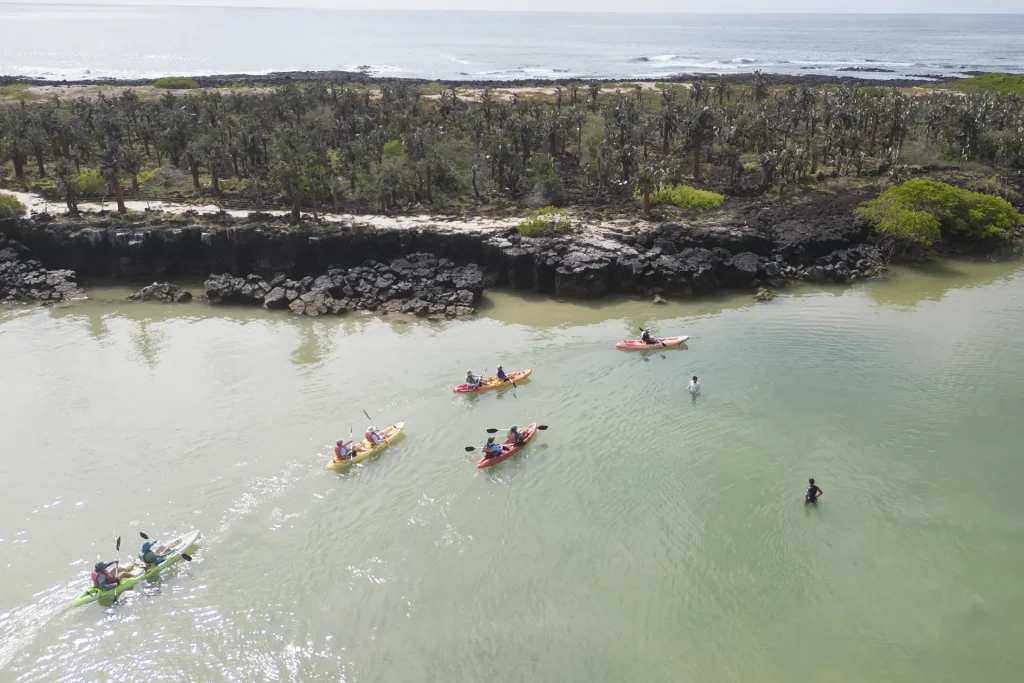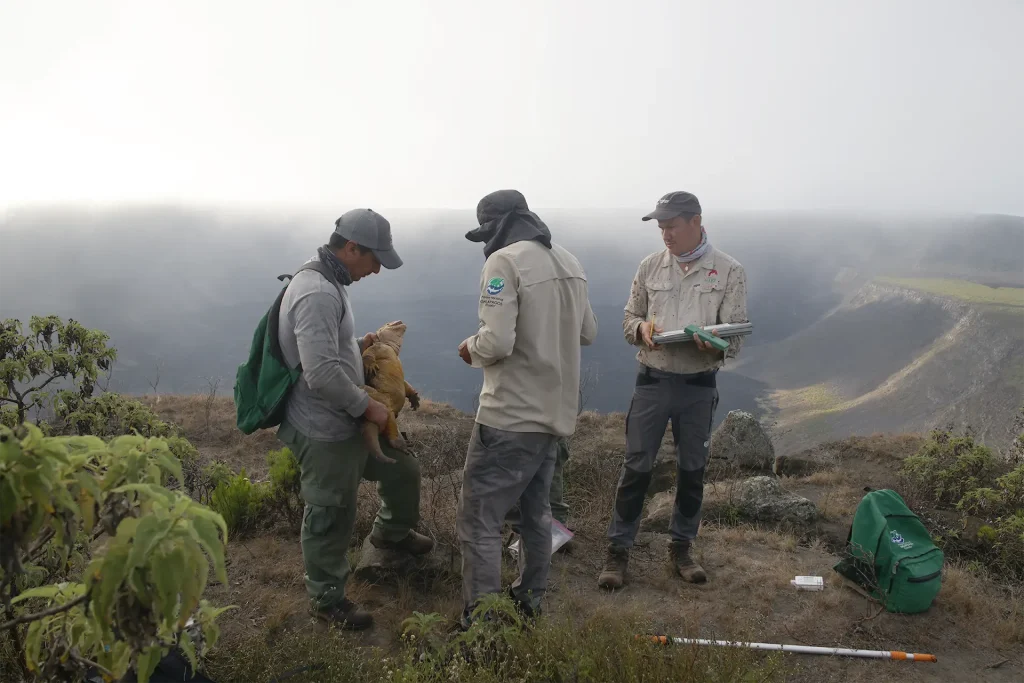The Galapagos Islands, unlike many other areas, do not follow traditional seasonal patterns. Instead, they experience two distinct seasons, the warm, wet and humid season, which runs from December to April, and the cool, dry and windy season, which runs from June to November. The ocean currents that surround the islands play an important role in the climate and wildlife of the archipelago.
The Warm Season and Cool Season
The warm season can bring out the best in the archipelago. The landscape is covered in clear skies, radiant sunlight and temperatures between 25degC to 30degC. Warming waters are ideal for water activities like diving and snorkeling to see the marine life that is thriving, such as colorful tropical fish, majestic turtles and fascinating sharks. The vegetation on land is nourished and flourishes by torrential rainfall, which provides ideal breeding conditions for a variety of birds and terrestrial creatures. Visitors can also enjoy the opportunity to see terrestrial wildlife in its peak activity.
The cool and dry seasons are characterized by a slightly cooler climate and a more variable weather pattern. This period, also known as “dry season” and “garua,” is marked by fog or drizzle on the higher parts of the islands that alternates with clearer skies along the coast. The average daytime temperature is 23degC, with August as the coolest month. The waters are cooler than in the summer, but they are still nutrient rich, which attracts a wide variety of marine animals, including whales and dolphins. The Galapagos Islands are also more peaceful and less crowded during this season, which allows you to enjoy the abundant marine and terrestrial wildlife.

Photo: ©Galápagos Conservancy
Impact of seasonal changes on conservation efforts
Dr. Michael S. Dr. S. has a lot of important information about the impact of seasonal variation on conservation efforts in the archipelago. Dr. Jorge Carrion is the Director of Conservation for Galapagos Conservancy. He highlights that while the warm season promotes reproduction, it also coincides with increased tourism. Tourism must be managed in a way that protects breeding animals.
The seasons also have a direct impact on the planning of conservation efforts and expeditions. The climatic conditions are taken into consideration when park rangers, conservation authorities, and scientists perform ecological monitoring. This ensures the effectiveness of conservation operations in helping to mitigate human impacts on ecosystems throughout the year.
Galapagos: The resilience of life
Galapagos’s dramatic seasonal changes are a testament to its unique flora, and the adaptability and resilience of the island. Galapagos’ species are able to adapt to its changing climatic conditions and environmental challenges. We can contribute to the conservation and protection of the Galapagos Archipelago by recognizing the seasonal variations that affect many species, and the patterns of tourism.

Photo: ©Galápagos Conservancy



